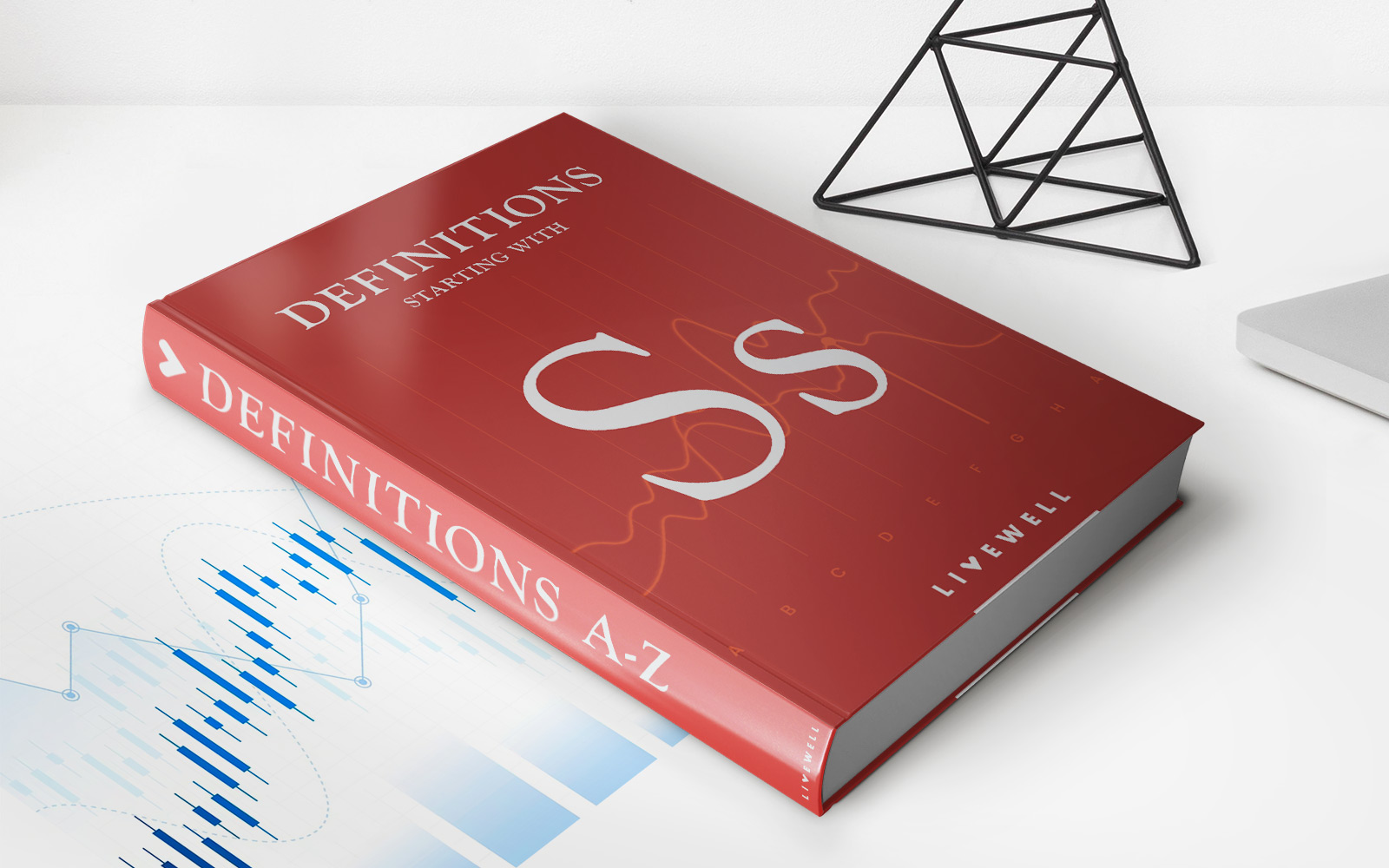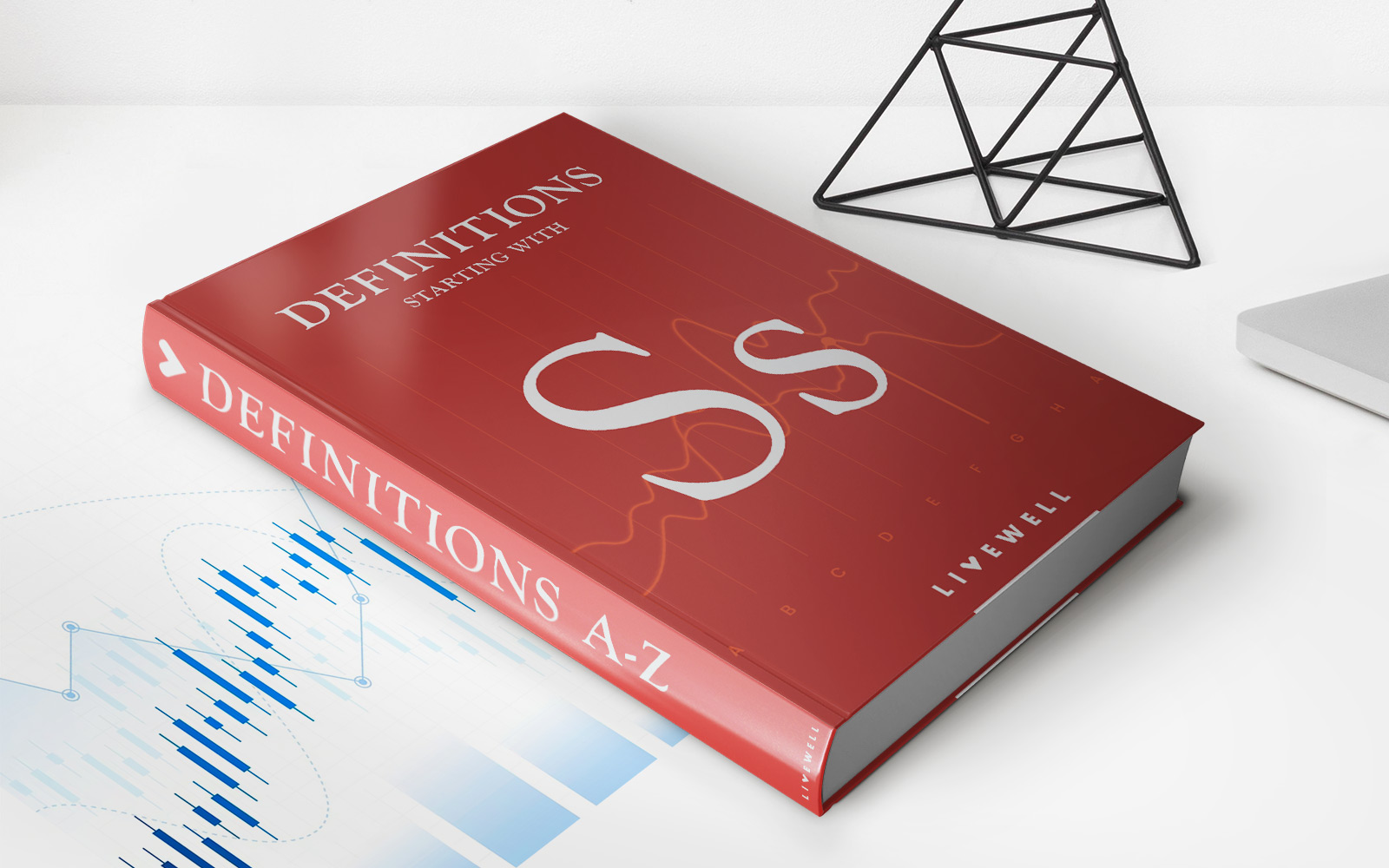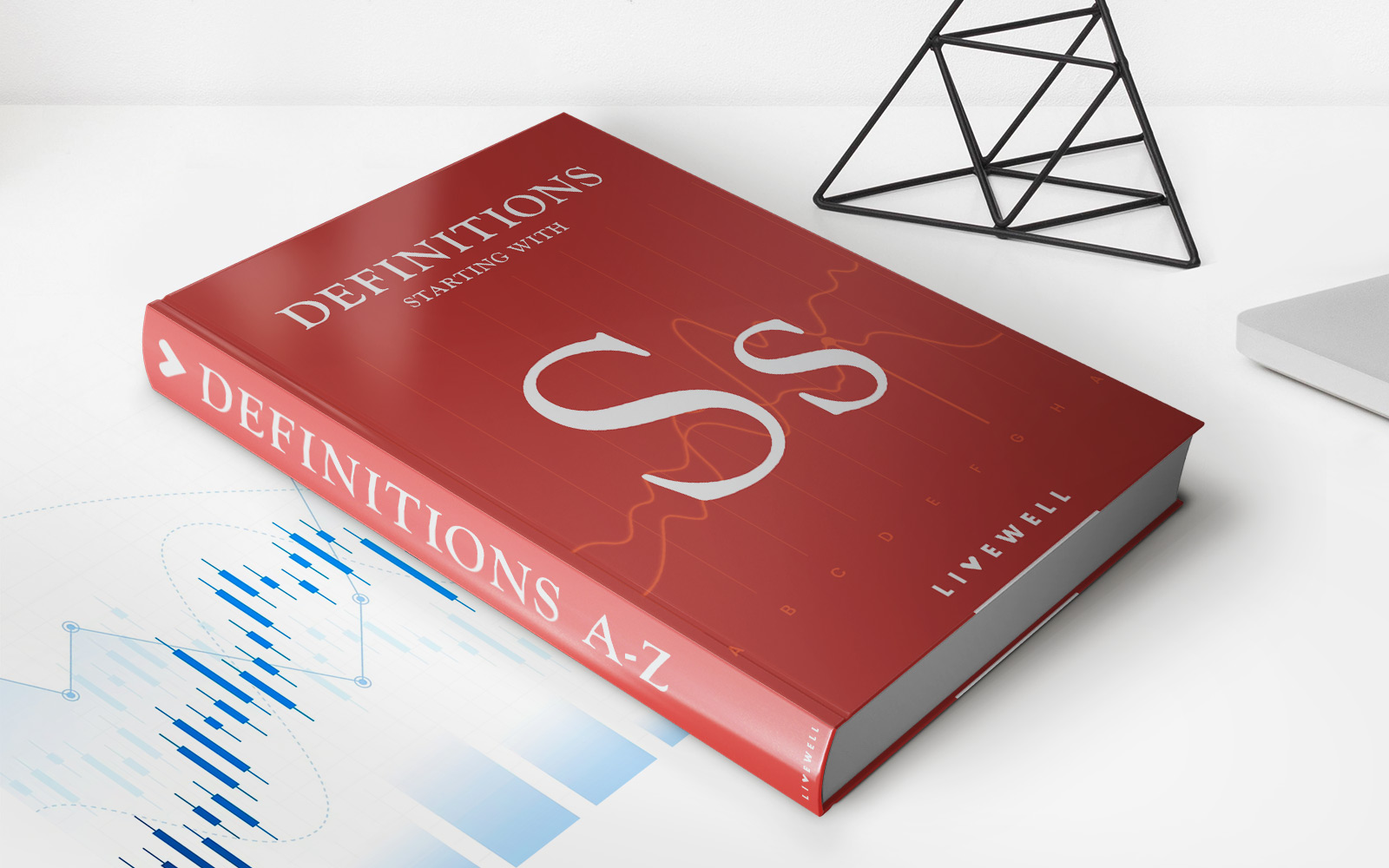Home>Finance>Schedule 13G: Definition, Who Files It, And What It’s Used For


Finance
Schedule 13G: Definition, Who Files It, And What It’s Used For
Published: January 23, 2024
Discover the meaning of Schedule 13G and learn who is required to file it. Explore how this crucial finance document is utilized in the industry.
(Many of the links in this article redirect to a specific reviewed product. Your purchase of these products through affiliate links helps to generate commission for LiveWell, at no extra cost. Learn more)
What is Schedule 13G?
When it comes to navigating the world of finance, it’s important to have a clear understanding of the various documents and forms that govern investment activities. One such document is Schedule 13G, a filing required by the Securities and Exchange Commission (SEC) for certain individuals or entities who hold a significant ownership stake in a publicly traded company. This form provides transparency and allows investors and the public to understand who holds substantial positions in a company.
Key Takeaways:
- Schedule 13G is a filing required by the SEC for entities or individuals who hold a significant ownership stake in a publicly traded company.
- It provides transparency and allows investors and the public to identify holders of substantial positions.
Who Files Schedule 13G?
Schedule 13G must be filed by certain investors who hold more than 5% of a company’s stock. This requirement is triggered when an individual or entity acquires a significant ownership position, granting them considerable influence over the company’s operations and decision-making processes.
The filing is mandatory for a specific group of investors, such as institutional investors like mutual funds and pension funds. Additionally, individual investors, including activist shareholders and large stakeholders, also fall under the purview of Schedule 13G.
What is Schedule 13G Used For?
Schedule 13G plays a crucial role in promoting transparency within the financial markets. Its purpose is to provide investors, analysts, and the general public with information regarding the ownership structure of a company. By understanding who holds substantial positions in a publicly traded company, stakeholders can make more informed decisions about investment opportunities and assess the corporate governance of the company they are interested in.
Schedule 13G filings can also serve as an important indicator of potential market movements or changes in ownership dynamics. Investors often monitor these filings as part of their due diligence, helping them stay informed about the intentions of influential shareholders and potential shifts in a company’s ownership structure.
In Summary
- Schedule 13G is a filing required by the SEC for investors who hold more than 5% of a publicly traded company’s stock.
- This filing promotes transparency in the financial markets, allowing stakeholders to understand the ownership structure of a company.
- Investors, analysts, and the general public can use Schedule 13G to make informed decisions about investment opportunities and assess corporate governance.
- Monitoring Schedule 13G filings can provide insights into potential market movements and changes in ownership dynamics.
Understanding Schedule 13G and its significance in the world of finance is essential for anyone involved in investment activities. Whether you’re a seasoned investor or just starting, having knowledge of the various regulatory requirements helps you navigate the market with confidence and make informed decisions.














